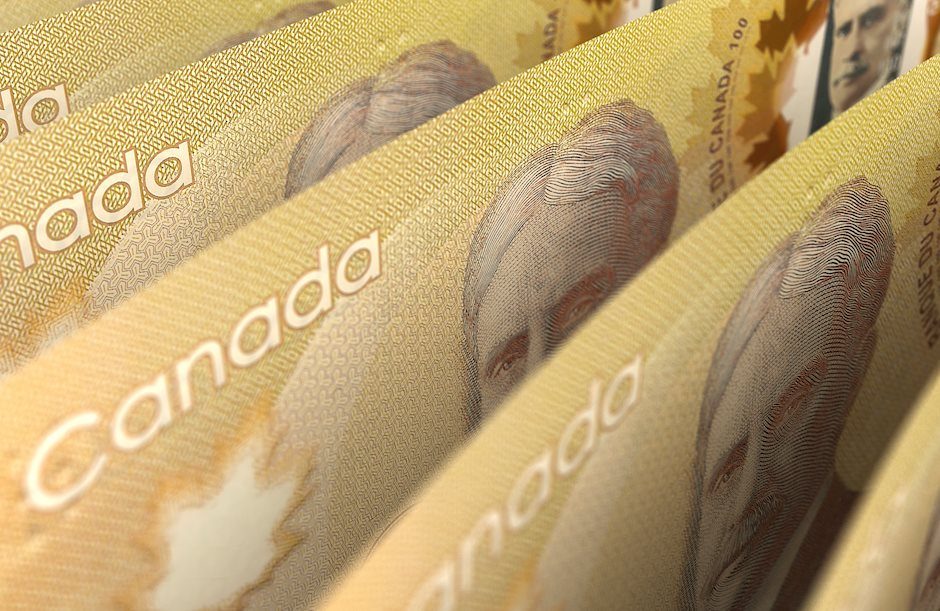USD/CAD extends winning streak ahead of US-Canada labor market data
- USD/CAD edges higher slightly above 1.4400 with US-Canada employment data in focus.
- The uncertainty over Trump’s policies continues to keep the USD on the frontfoot.
- The labor growth in Canada is estimated to have slowed significantly in December.

The USD/CAD pair extends its winning spree for the fourth trading session on Friday ahead of the official employment of the United States (US) and Canada for December. The Loonie pair ticks higher slightly above 1.4400 as the US Dollar (USD) edges up, with the US Dollar Index (DXY) staying above the key support of 109.00.
The overall performance of the US Dollar has remained firm for a few weeks as Federal Reserve (Fed) officials have become concerned over upside risks to inflation remaining persistent due to potential tariff and immigration policies under the administration of President-elect Donald Trump.
In Friday’s session, investors will pay close attention to the US Nonfarm Payrolls (NFP) data as it will influence market expectations for the monetary policy outlook.
According to market estimates, the US economy added 160K new workers in December, lower than 227K in November. The Unemployment Rate is expected to have remained steady at 4.2%. Signs of a slowdown in the labor demand would force traders to pare bets supporting the Fed to keep interest rates unchanged in the range of 4.25%-4.50%. On the contrary, strong numbers would boost the same.
Meanwhile, the Canadian Dollar (CAD) will also be influenced by the official employment data. Market participants expect the pace of hiring in December to be half of what had been recorded for November. The Canadian economy witnessed a fresh addition of 25K workers in December against 50.5K in November. The Unemployment Rate is seen accelerating to 6.9% from 6.8%. Signs of a slowdown in the labor demand would boost expectations that the Bank of Canada (BoC) will continue easing the monetary policy at a larger-than-usual pace of 50 basis points (bps).
Economic Indicator
Net Change in Employment
The Net Change in Employment released by Statistics Canada is a measure of the change in the number of people in employment in Canada. Generally speaking, a rise in this indicator has positive implications for consumer spending and indicates economic growth. Therefore, a high reading is seen as bullish for the Canadian Dollar (CAD), while a low reading is seen as bearish.
Read more.Next release: Fri Jan 10, 2025 13:30
Frequency: Monthly
Consensus: 25K
Previous: 50.5K
Source: Statistics Canada
Canada’s labor market statistics tend to have a significant impact on the Canadian dollar, with the Employment Change figure carrying most of the weight. There is a significant correlation between the amount of people working and consumption, which impacts inflation and the Bank of Canada’s rate decisions, in turn moving the C$. Actual figures beating consensus tend to be CAD bullish, with currency markets usually reacting steadily and consistently in response to the publication.
Author

Sagar Dua
FXStreet
Sagar Dua is associated with the financial markets from his college days. Along with pursuing post-graduation in Commerce in 2014, he started his markets training with chart analysis.

















